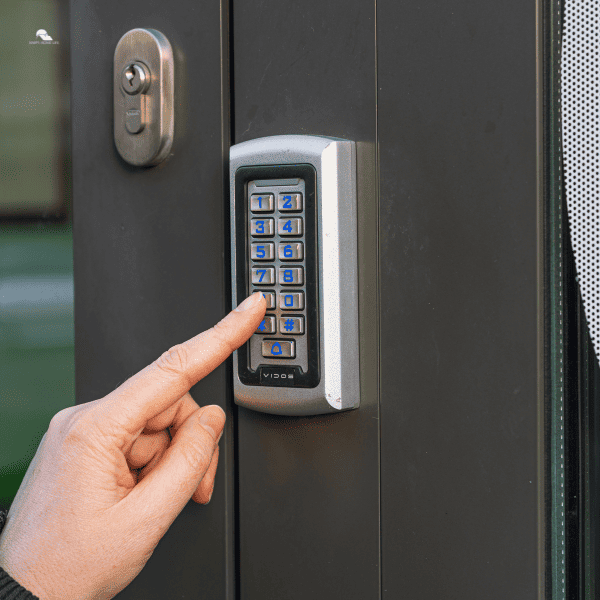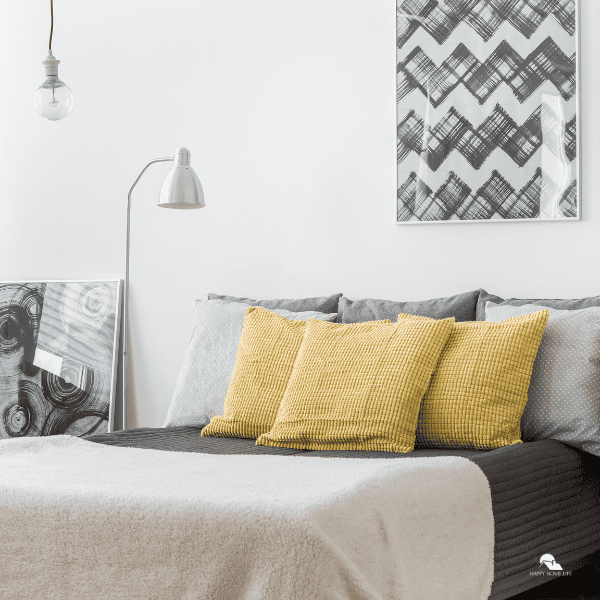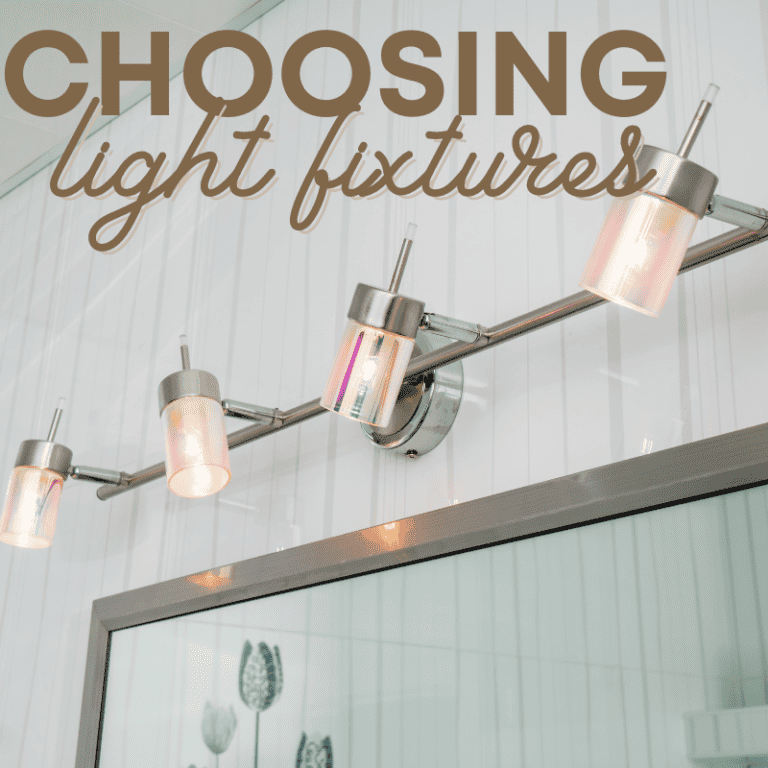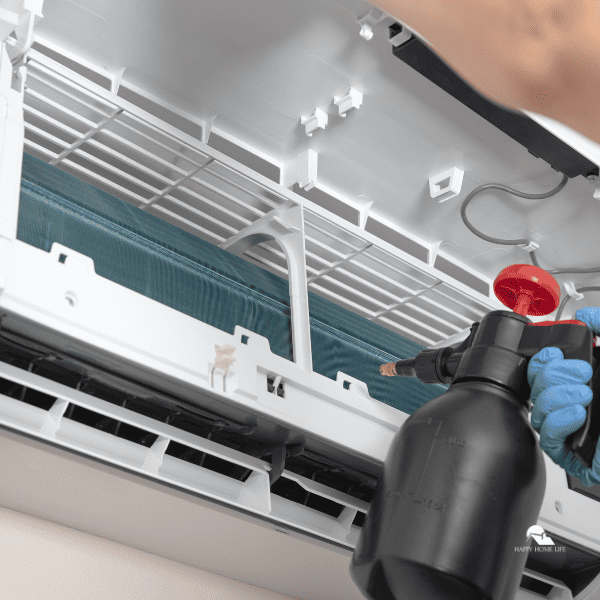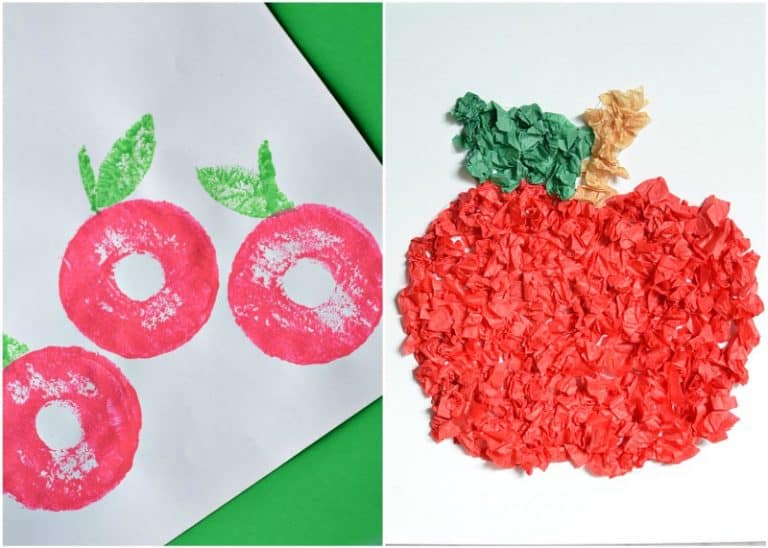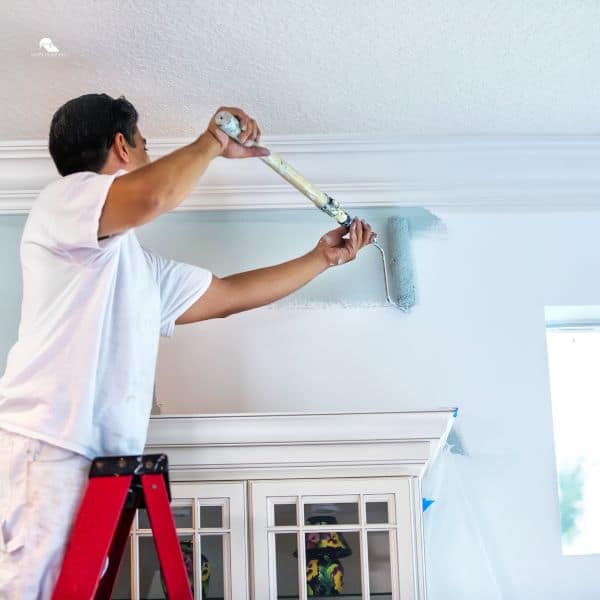Sustainability starts at home, and what better place to begin than your bathroom? For homeowners in Seattle, where rising home prices make quality upgrades essential, creating an eco-friendly bathroom can significantly reduce water usage, energy consumption, and waste production, all while adding value to your property.
Sustainable bathroom design means choosing the right fixtures, materials, and practices to minimize your environmental footprint without compromising on style or functionality.
Here, we’ll explore ten essential upgrades that can help transform your bathroom into an eco-friendly oasis. From energy-efficient lighting to water-saving fixtures and natural materials, these tips will set you on the path to a greener lifestyle.
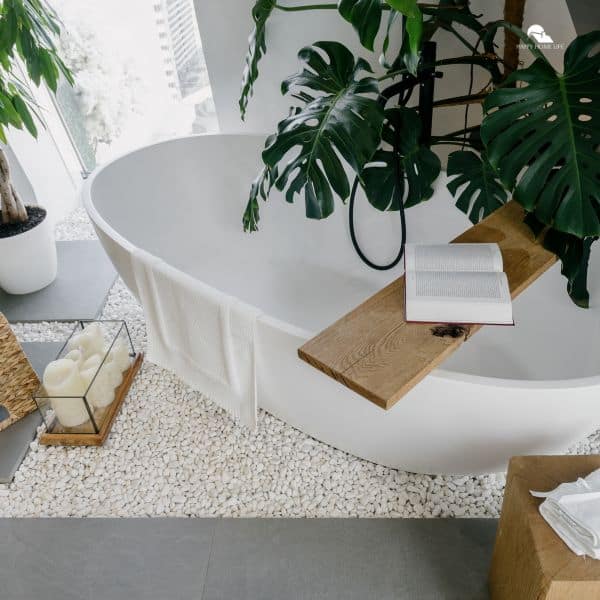
1. Energy-Efficient Lighting Solutions
Lighting plays a pivotal role in bathroom design, but traditional lighting can be energy-intensive. The first step towards a more sustainable bathroom involves switching to LED bulbs. LEDs consume up to 80% less energy than incandescent bulbs and last much longer, reducing both your electricity bill and waste.
Consider incorporating natural light as well. Skylights, solar tubes, and larger windows provide ample natural light during the day, reducing the need for artificial lighting. For additional efficiency, install motion sensors or dimmers to adjust lighting based on usage and preference. This dual approach—energy-efficient bulbs and maximizing natural light—creates a well-lit, eco-friendly bathroom.
2. Water-Saving Fixtures and Appliances
Bathrooms are notorious for high water consumption. Installing water-efficient fixtures, like low-flow showerheads and faucets, can significantly reduce your water usage. Look for products with a WaterSense label, as they meet strict EPA criteria for efficiency and performance.
Dual-flush toilets offer another effective solution by providing two flush options for different waste types. Similarly, installing a high-efficiency toilet (HET) reduces water usage per flush. For homeowners in the Pacific Northwest, working with a reputable bathroom remodeling company in Seattle ensures that you have access to the latest water-saving technologies, seamlessly incorporating them into your sustainable design.
3. Sustainable Flooring Options
Traditional bathroom flooring often contains synthetic materials that aren’t eco-friendly. Sustainable flooring options like bamboo, cork, reclaimed wood, or natural stone offer durable and environmentally responsible alternatives. Bamboo grows rapidly, making it a renewable resource, while cork provides natural water resistance.
For tile lovers, opt for ceramic or porcelain tiles with recycled content. These tiles provide the same durability and aesthetic appeal as new tiles while reducing waste. Installing radiant floor heating beneath your sustainable flooring can further improve energy efficiency by providing consistent, even warmth.
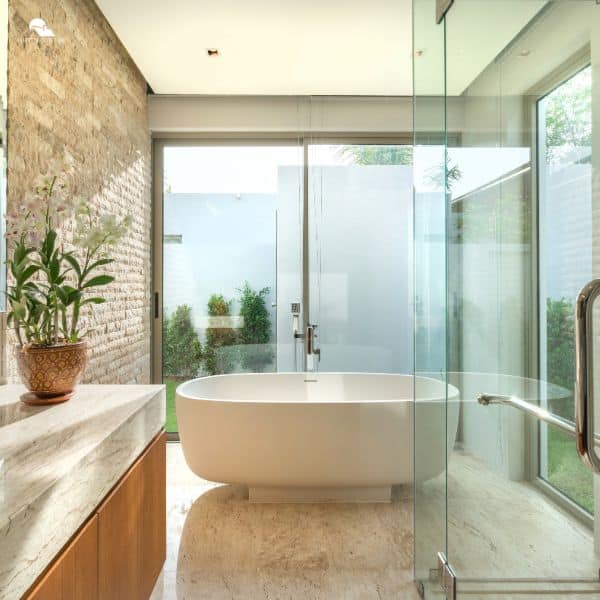
4. Non-Toxic Paints and Finishes
The bathroom environment, with its high humidity and limited ventilation, requires special attention to the materials used. Traditional paints and finishes can release volatile organic compounds (VOCs) that contribute to indoor air pollution. Switching to non-toxic, low-VOC paints and finishes reduces these harmful emissions and improves indoor air quality.
Consider natural sealants, stains, and paints made from plant-based ingredients. They provide excellent coverage and durability while being kind to your health and the environment. Regularly cleaning bathroom surfaces with eco-friendly products also maintains a fresh, toxin-free environment.
5. Recycled and Reclaimed Materials
Sustainable bathroom design benefits greatly from the use of recycled and reclaimed materials. Recycled glass countertops, for instance, add a unique aesthetic while reducing landfill waste. Reclaimed wood vanities and shelves offer character and warmth, often featuring distinctive grain patterns and patinas that new wood can’t replicate.
Repurpose old furniture for bathroom storage or select fixtures made from recycled metals. Incorporating these materials not only reduces waste but also adds a one-of-a-kind touch to your bathroom. The result is a space that reflects both your environmental values and your personal style.
6. Eco-Friendly Shower Solutions
Your daily shower routine doesn’t have to drain resources. Eco-friendly shower solutions, like low-flow showerheads, reduce water consumption without compromising on pressure. Opt for showerheads with a flow rate of 2.0 gallons per minute (gpm) or less to save water without sacrificing performance.
Consider upgrading to a smart shower system that preheats the water before you step in and pauses the flow until you’re ready, reducing wasted hot water. For an added touch of luxury and sustainability, install a greywater recycling system that collects and filters shower water for reuse in toilets or irrigation.
7. Sustainable Cabinetry and Vanities
Cabinets and vanities made from sustainable materials offer eco-friendly storage solutions. Look for cabinetry crafted from bamboo, reclaimed wood, or Forest Stewardship Council (FSC)-certified wood. Avoid products containing formaldehyde or other harmful chemicals.
Reclaimed wood vanities provide a rustic, unique aesthetic while keeping materials out of landfills. For a modern look, consider vanities made from recycled glass or metal. Opt for finishes that are water-based or low-VOC to minimize toxic emissions.
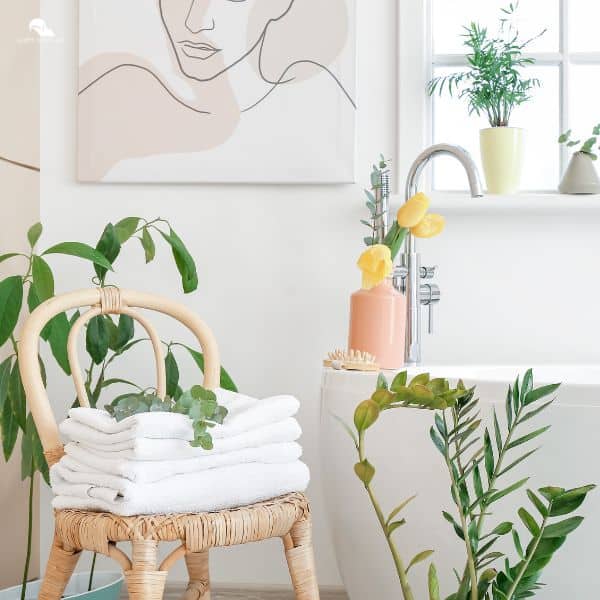
8. Efficient Water Heating
Heating water accounts for a significant portion of your home’s energy usage. By choosing an energy-efficient water heating solution, you can significantly reduce your carbon footprint. Tankless water heaters, for instance, heat water on demand, eliminating the need for a storage tank and reducing standby heat loss.
Solar water heaters use the sun’s energy to heat your water, reducing reliance on fossil fuels. They work best in sunny climates but can be supplemented with a backup heating system in regions with less sun exposure. Installing insulation around your water heater and pipes also minimizes heat loss.
9. Natural Ventilation and Air Quality
Good ventilation prevents mold and mildew growth in your bathroom while improving air quality. Installing an energy-efficient exhaust fan with a humidity sensor helps regulate moisture levels. Opt for a fan with the ENERGY STAR label for maximum efficiency.
Incorporate natural ventilation through operable windows or a skylight to bring in fresh air and reduce humidity naturally. Houseplants like aloe vera or snake plants can also improve air quality by filtering toxins from the air while adding a touch of greenery to your bathroom.
10. Plastic-Free Bathroom Accessories
Even the smallest details contribute to sustainable bathroom design. Replace plastic accessories with eco-friendly alternatives like bamboo toothbrushes, compostable dental floss, and reusable cotton rounds. Choose soap bars over liquid soap in plastic bottles, and opt for sustainable packaging whenever possible.
Look for bath mats made from organic cotton or natural fibers like jute or coir. Swap your plastic shower curtain for a fabric one or choose a sustainable alternative like hemp. These small changes create a greener bathroom that aligns with your eco-friendly lifestyle.
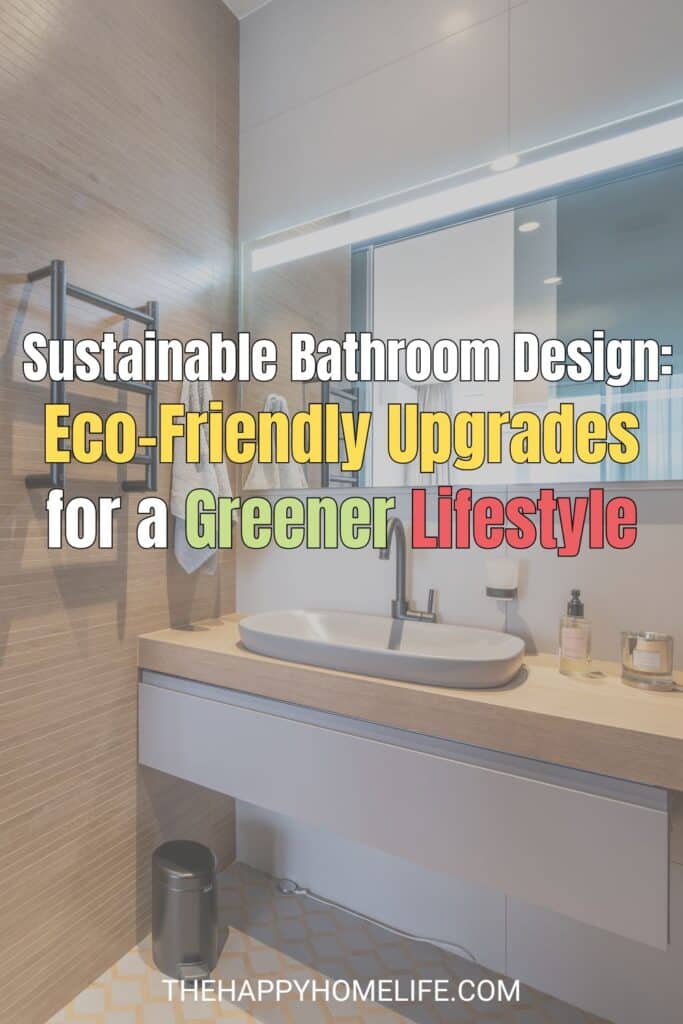
Conclusion
Creating a sustainable bathroom requires thoughtful choices and a commitment to eco-friendly living. By incorporating energy-efficient lighting, water-saving fixtures, non-toxic materials, and sustainable practices, you can transform your bathroom into an environmentally conscious oasis.
Whether you’re working with a bathroom remodeling company in Seattle or tackling DIY upgrades, these ten eco-friendly strategies will help you reduce your environmental impact while maintaining a stylish, functional space. Sustainable bathroom design isn’t just about saving resources; it’s about creating a healthier, more harmonious home that supports your well-being and values.
Make these upgrades today, and enjoy the satisfaction of a greener lifestyle that benefits both your family and the planet.

